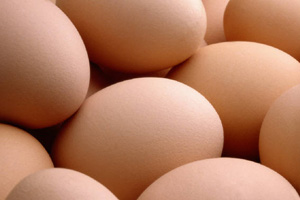Highest egg production with red and white LED light

The need for sustainability has dictated adoption of new technology in egg production including evaluation of LED lighting.
The University of Georgia has been in the forefront of evaluating alternative lighting systems. In their study, comparisons were made among conventional incandescent bulbs, compact fluorescent lamps, cold cathode and LED bulbs in poultry houses. It was demonstrated that dimming compact fluorescent bulbs below 5 lux resulted in a higher rate of lamp failure than operation at non-dimmed levels of light output.
This loss in life span could however be reduced by limiting the extent of dimming. All bulbs exhibited a loss of light output ranging from 25% to 50% over the 12 month period of observation. It was demonstrated that spacing of bulbs and their height from the floor affected intensity at bird level, suggesting that simple replacement of incandescent bulbs or compact fluorescents with LED units does not always provide equivalent illumination.
An extensive trial was conducted in Brazil on the effect of different colours produced by LED bulbs. Highest egg production was obtained with red and white light emitted by LED bulbs as compared to blue, yellow or green LED lamps. Neither egg weight nor feed intake was affected significantly by the colour of light to which hens were subjected. It was also demonstrated that internal egg quality criteria including specific gravity and Haugh units were not significantly affected by any of the range of colours.
Based on a review of trials it is apparent that LED lighting cannot be justified only on the basis of energy saving, due to the high capital cost of replacement. Failure of compact florescent bulbs could justify replacement as LED bulbs have an anticipated operating life of 35,000 to 50,000 hours. Claims made by some manufacturers that improvement in production parameters can be obtained by varying the colour of light appears to be unfounded.
Given the current state of knowledge, LED lamps could be considered for new units or replacement of compact fluorescent on the basis of reliability, operating life and light output. The decision whether to replace compact fluorescents with LED bulbs should be based on the calculation of net present value using a discounted cash flow approach.













